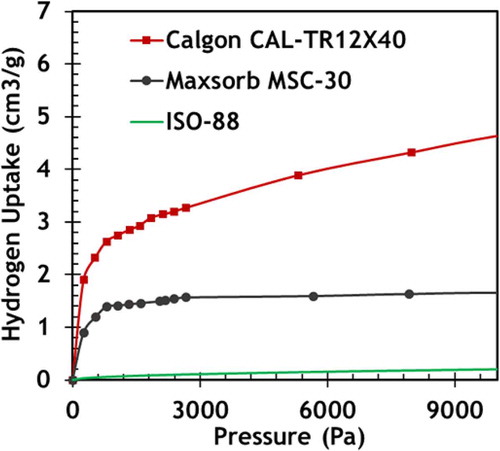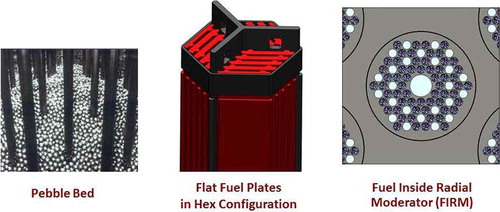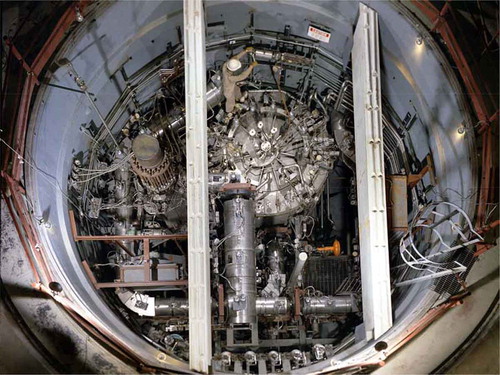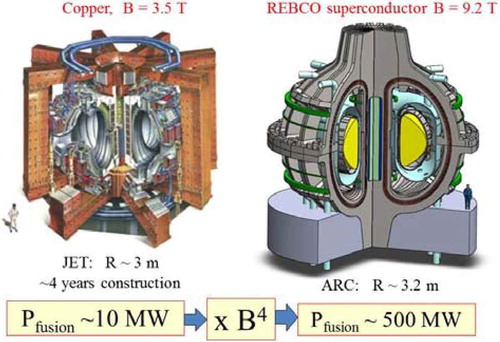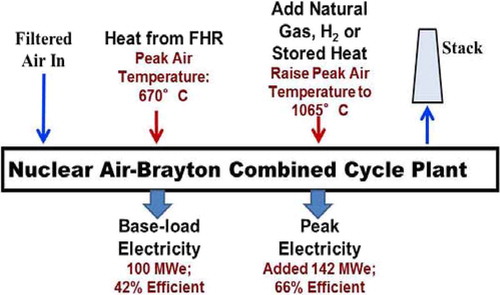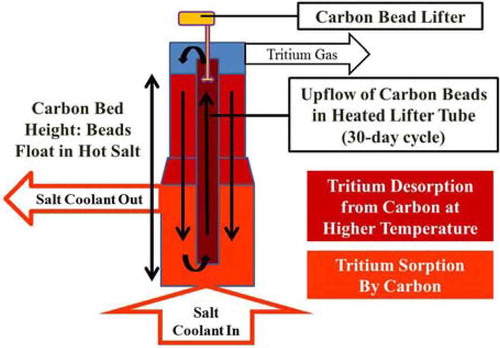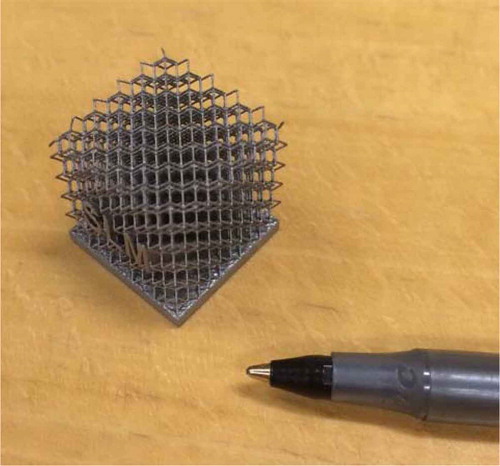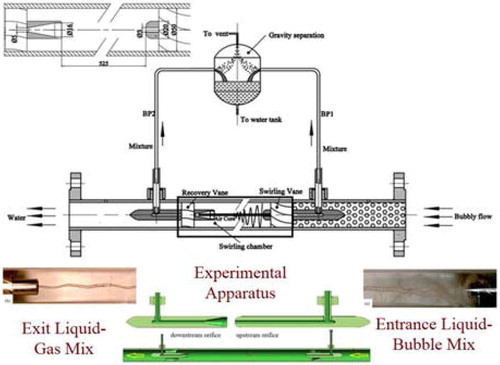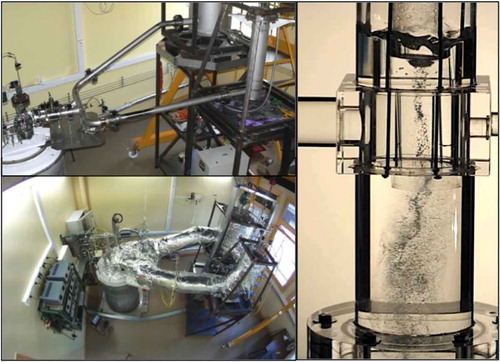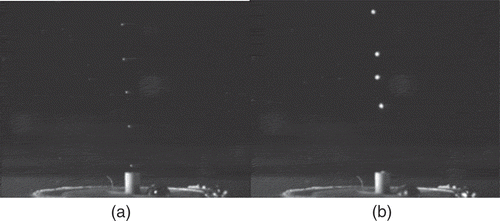Figures & data
TABLE I FHR Coolant OptionsTable Footnote*
TABLE II Salt Characteristics of Different Systems
TABLE III TRIDENT Output for FHR with Tritium Carbon Absorber Bed
Fig. 7. Platinum on carbon and transmission electron microscopy of platinum nanoparticles. (Courtesy of Tanaka: http://pro.tanaka.co.jp/en/products/group_f/f_5.html.)
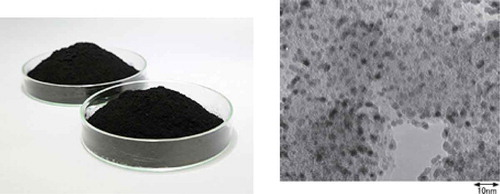
Fig. 9. Preliminary hydrogen adsorption experiments on nuclear graphite ISO-88, Maxsorb MSC-30, and CalgonCarbon CAL-TR 12x40 at 700°C.
